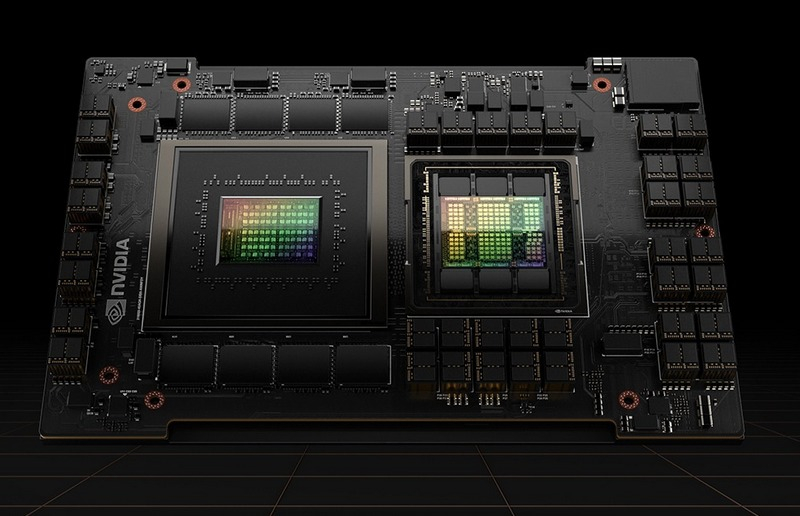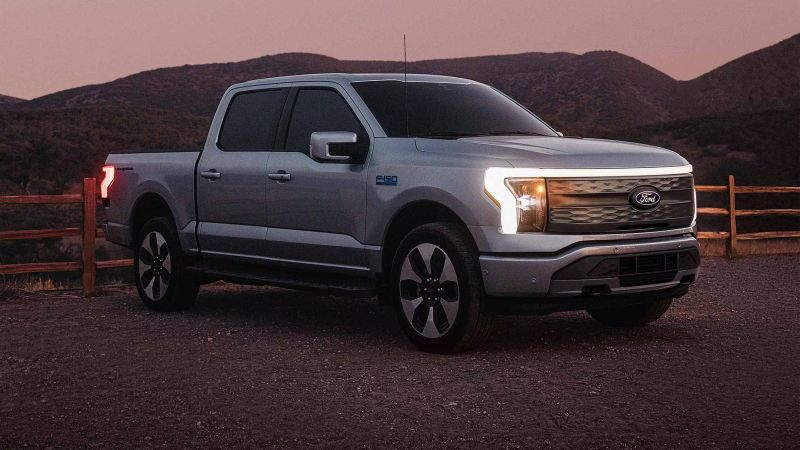The current US President Donald Trump demonstrated confidence during the election campaign that customs tariffs are the best instruments for regulating international trade. As expected, US import duties on cars may be raised to 25% as early as April 2, and duties on semiconductor chips will be comparable.

Image source: NVIDIA
It should be noted that currently the import of automobile equipment to the USA in the passenger car segment is limited to a rate of 2.5%, so its new value will symbolize a tenfold increase in the duty. However, to import pickups to the USA from countries other than neighboring Mexico and Canada, it is already necessary to pay a duty of 25%, so the American market for vehicles of this type feels quite protected.
The EU taxes American passenger cars at a rate of 10%, and only last year decided to impose prohibitive duties on Chinese-made electric cars, introducing a differentiated scale with rates up to and including 46%. Today, EU Trade Minister Maroš Šefčovič is due to meet with American officials in Washington to discuss tariff regulation of trade between regions.
It is noteworthy that Trump himself repeated the thesis the day before that European authorities are ready to reduce import duties on American-assembled cars to the same level as the US (2.5%), but European parliamentarians denied this information. Trump made it clear that he intends to force Europeans to buy more American cars and other goods.

Image source: Ford Motor
The American president also said yesterday that the tariffs introduced in the semiconductor and pharmaceutical segments will only start at 25% and will “increase significantly” during this year. Trump did not specify when these tariffs will be introduced in these sectors, but explained that he wants to give American pharmaceutical companies time to build local enterprises. According to the US president, some of the world’s largest companies are expected to announce their intentions to invest large sums of money in the American economy in the next two weeks.
From March 12, the US should also cancel customs privileges on steel and aluminum supplies, which Canada, Mexico and a number of other trading partners, including EU countries, have used until recently. The new customs duty rate on these types of products should be 25%. All kinds of products made from the aforementioned metals will also be imported at this rate.
Returning to the problems of the US automobile industry, Trump attempted to introduce 25% import duties during his first presidential term more than five years ago. The US Department of Commerce then stated that the introduction of such duties would weaken American industry. Trump never managed to introduce the promised duties, having given way to his successor as US President. Perhaps some of the previous arguments of US officials will be taken into account when setting new customs duties.